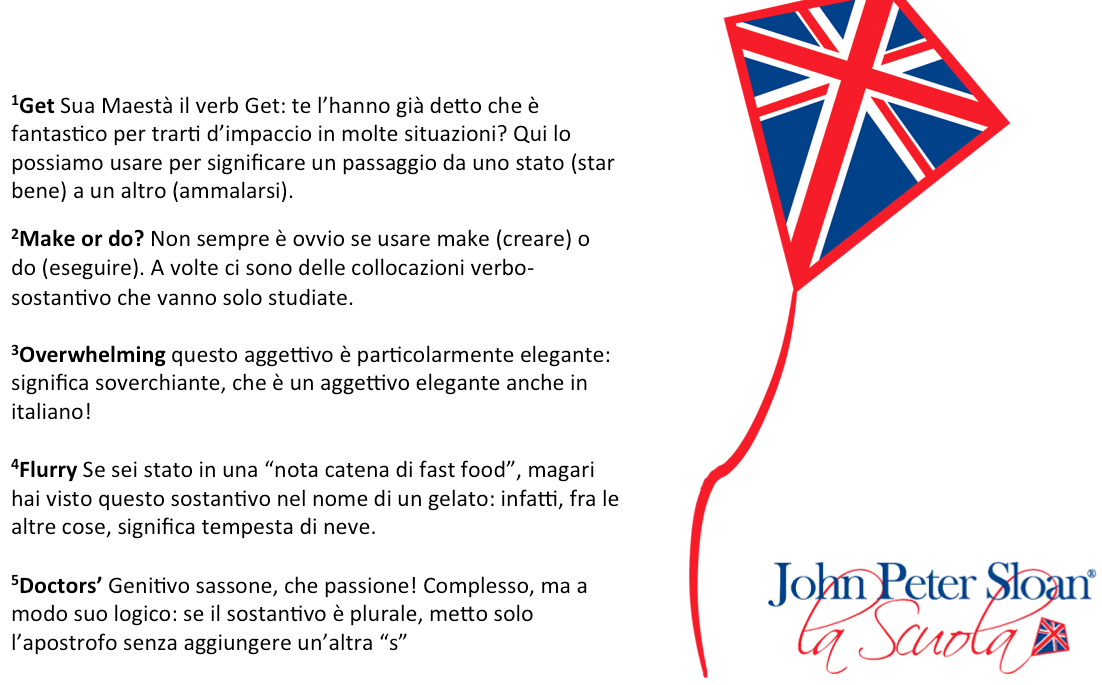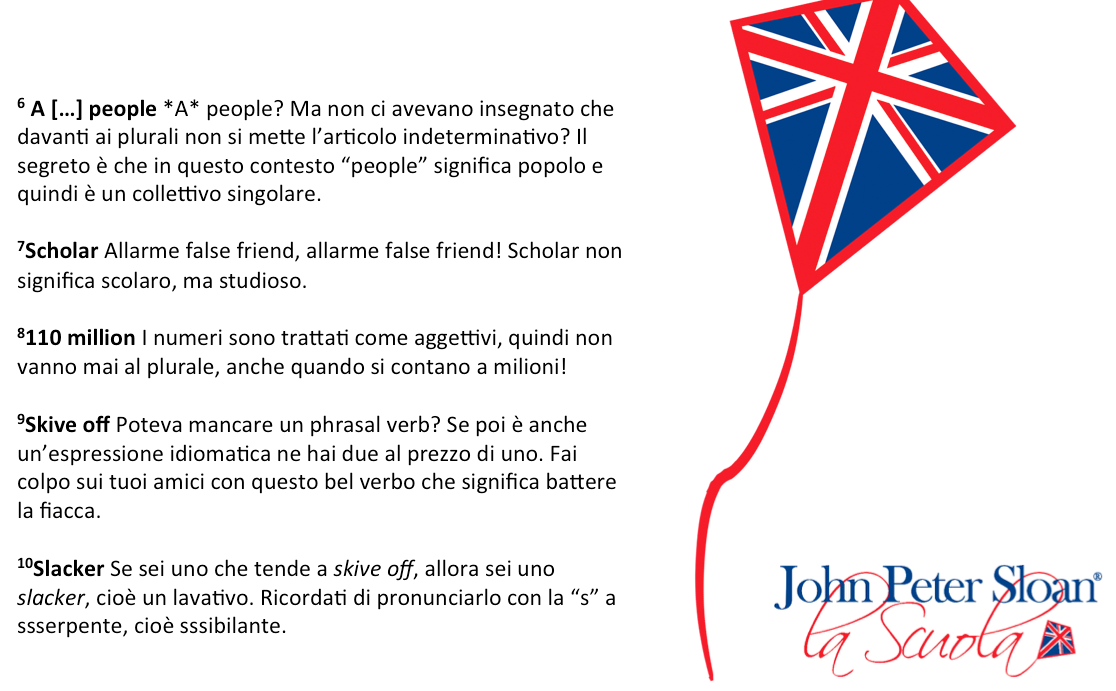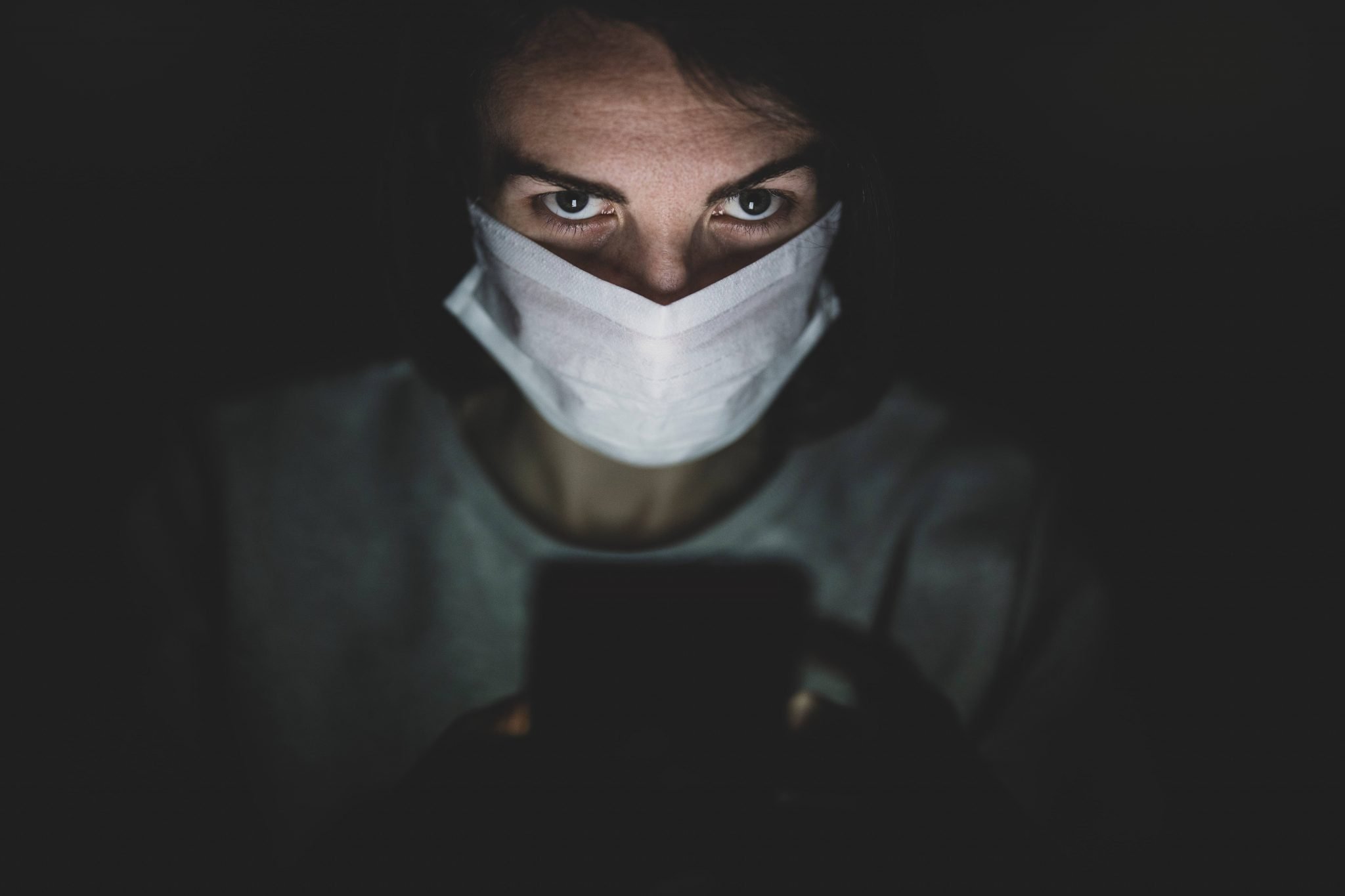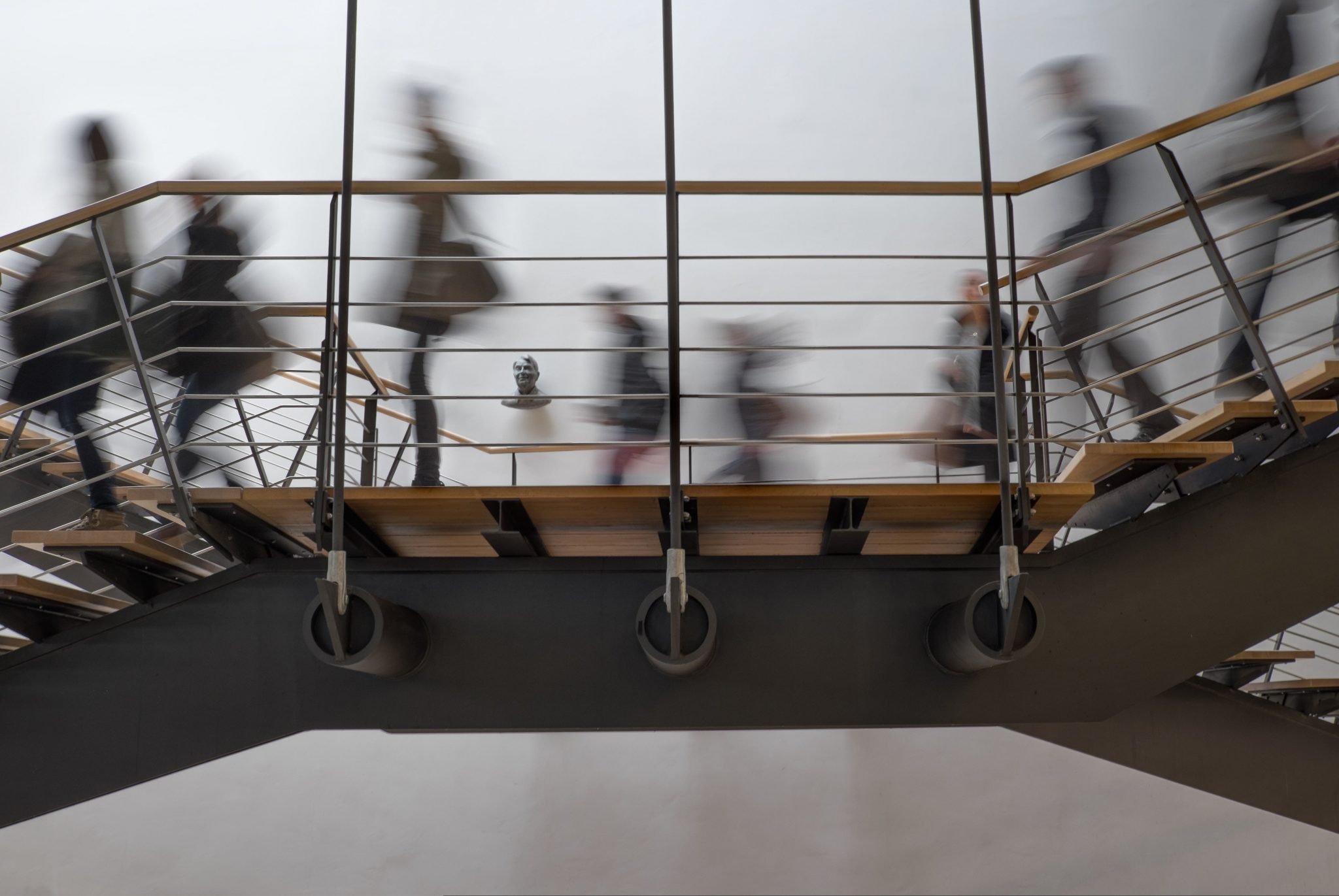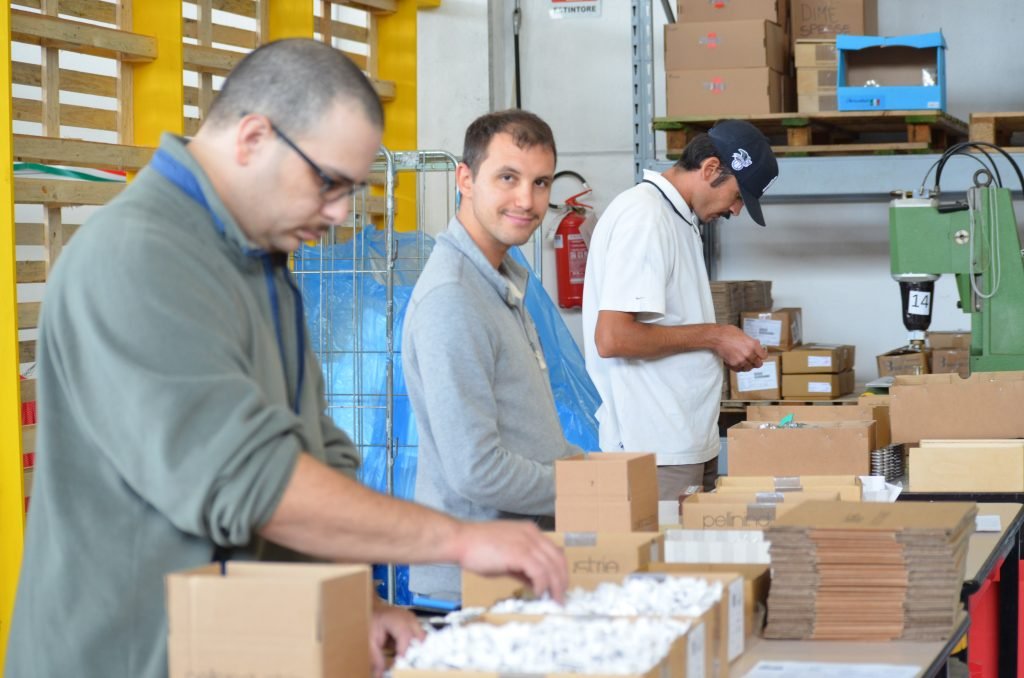Translated by Allen Montrasio @John Petr Sloan_La Scuola
Try doing2 an experiment. Try asking a friend, relative or colleague which day the hate most in the week. The response will be overwhelming3: it’s Monday. It brings with it that emotional trauma of getting back to the office after the weekend.
Is there a cure for this? Maybe. It’s called a long weekend. Or better, an extended one.
There was a lot of controversy recently, with a typically Italian flurry4 of indignation, over the latest Inps (Italian social security) data on sickness certifications sent to social security in 2015.
The scandal was motivated by two factors.
First: the number of certificates has grown by 5 percent over the previous year.
Second: Monday appears to be the day when Italians tend to “get sick1” more frequently (almost 30 percent of the total sickness events).
But that’s not all: delving into the data, we can find some interesting facts. If possible, looking at the exchange of comments it gets even funnier as we watch the parts involved take part in a typically Italian sport: passing the buck. It’s all the complacent doctors’5 fault, say some. No, it’s because there was a budget cut on home checks, doctors reply. And also: it’s the recession’s fault (again?) which has forced Italians to do home maintenance during the weekend, increasing the risk of injury right at the beginning of the week. As usual, it’s everybody’s and nobody’s responsibility.
Are Italians a sickly people6?
This begs the question: are we really a sickly people6? Exposed to fevers and colds? That’s ironic, considering we are envied for our climate and we enjoy a life expectancy among the highest in the world. Or are we simply slackers, ready to produce an easy sickness certificate?
“The true paradox – comments Pietro Ichino, a well known scholar7 of labour law – is this: a permanent infirmity, which gives the right to work is juxtaposed to a secondary, temporary infirmity which gives the often unjustified right to stay off work. The past years have seen a great number of superficially given certificates and fake patients”.
The numbers are in fact quite striking: doing some quick math, as many as 110 million8 working days have been lost over the last 12-month period. In other words, and possibly more shockingly, it’s the equivalent of half a million fewer full time workers. An order of magnitude which says a lot about how much productivity could be regained to the advantage of the entire economy. At least in part, that is, because it is always wrong to generalise and many requests for sick leave are sacrosanct.
But there’s more: the Inps observatory data support the empirical evidence, but also debunks myths and reverses stereotypes. And this is probably the most interesting aspect.
Let’s start by looking at the territories. In commenting the news, many media emphasised the fact that Lombardy and Lazio registered the greatest number of certificates. True, but this is not surprising if we consider that these regions alone account for one quarter of the Italian workforce.
Much more interesting is the frequency with which sickness certificates are issued compared to the number of workers. By this metric, we notice that the ranking changes significantly: for example we find out that good health is a prerogative of central Italia regions (Umbria, Marche and Molise), while it’s easier to get sick in Calabria and Sicily (where there are more certificates than workers), but also in the super-efficient Emilia-Romagna.
Public and private sickness
Public workers are weaker than those in the private sector: more than one public sector worker in two took sick leave in 2015 compared to one in three in the private sector (35 percent of the total). Working in the public sector makes you sick more often, but you also recover more quickly, considering the average sick leave is two days shorter (17 vs. 19). The number of sickness events analysed in duration (that is the number of days off also in the presence of more certificates) shows an interesting fact: in the public sector the number of one-day sicknesses covered more than a third of the cases, more than twice as many as recorded in the private sector. It’s impossible to determine if this was skiving off9 or actual sickness, but there is a relevant economic impact: according to the more reputable studies, each additional percentage point in absenteeism increases the cost of remunerating the workers between .5 and 2 percent. Meaning that few people are at fault, but everybody suffers.
The Inps survey on Italians’ habits at work shows an articulated picture and offers plenty of food for thought. The key point is that we should be aware that absenteeism is a big issue and that it is at least as relevant as any other issue in the working world.
We are at a crossroads: according to some, the problem should only be tackled by repressing bad behaviours in exceptional cases and it would be better to get to the root of the problem and work out preventative actions. This means setting the good example, organising work efficiently, motivating resources, rewarding diligence and presence at work.
There is also another way, because there is little to do in the presence of bad faith and good intentions are often ineffective. This is what Ichino thinks, by looking at the responsibility of doctors, even more than workers: “the power to allow anyone to ‘call in sick’ can be gratifying for an unprofessional doctor, while, conversely, refusing to give a complacent certificate may mean losing a patient. Luckily there are also many honest professionals who place duty before interest: we should never forget that issuing a complacent certificate upon demand represents a serious violation of the deontological code”.
Actually, is it not kind of strange that the forms doctors have to fill in and the reports of the health authority don’t even consider checking if there is no cause for staying off work? The worst that can happen to the fake patient is that they be deemed fit to get back to work the day after the visit. To the reader the choice: slacker10 workers or negligent doctors? Who is the bad guy?
